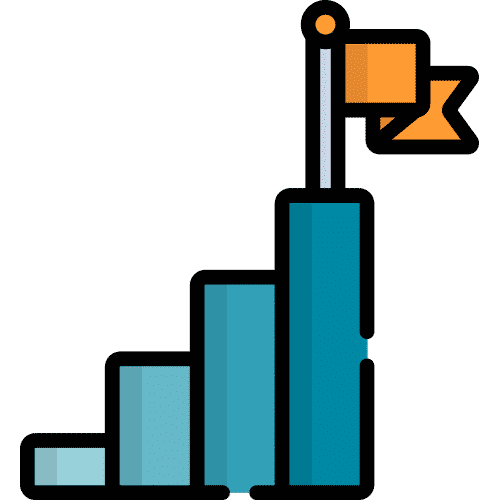A thorough aphasia assessment provides you with invaluable information. It allows you to establish the type of aphasia your client has, along with the severity of it, and strengths and weaknesses. Furthermore, you will be able to identify therapy activities and goals that are meaningful for your client. There are many aphasia assessment tools available to SLPs. Some hospitals and facilities have their own tools that they prefer to use. Nonetheless, here are some widely used assessment tools that can be used on people with aphasia.
Common Aphasia Screening and Evaluation Tests
- Mississippi Aphasia Screening Test (MAST): a brief screening tool that can be administered verbally and done in 5-15 minutes. Download it here.
- Western Aphasia Battery-Revised (WAB-R): a complete assessment of language skills related to aphasia in all modalities. Provides for differential diagnosis.
- Boston Diagnostic Aphasia Evaluation-3rd Edition (BDAE-3) and Boston Naming Test (BNT): a complete aphasia assessment based on all language modalities. The BNT is a shorter test for confrontation naming based on picture stimuli.
- Cognitive-Linguistic Quick Test (CLQT): Quick assessment for attention, memory, language, executive function and visuospatial skills.
- St. Louis University Mental Status Exam (SLUMS): Though actually a screening test for dementia, a good quick screening tool for general cognitive and language status. Download it here.
- Montreal Cognitive Assessment (MoCA): Designed to identify cognitive impairment and Alzheimer’s disease; provides cognitive and linguistic information. Available on paper or as an app. Requires certification/training.
Aphasia and AAC
Lingraphica offers a variety of resources, apps, and devices that can help people with aphasia and their loved ones.
We offer free one-on-one consultations for SLPs who have someone on caseload who might be a good fit for an AAC device but aren’t entirely sure where to start.
If you’d like to learn more or see a device in action, request a 15-minute call with one of our Clinical Consultants.
Important Components of a Comprehensive Aphasia Evaluation
The above assessments can provide invaluable information about your patient’s speech, language, and cognitive skills. However, a comprehensive aphasia evaluation goes beyond a standardized cognitive/language measure. Other components of a complete evaluation include:
- Case history, including review of health conditions, medications, and physical impairments
- Interviews with patient and family; consideration of environmental factors impacting patient as well as aphasia’s impact on quality of life and life participation.
- Oral Motor Exam
- Informal conversation and language sample
Establishing the Person with Aphasia’s Needs and Goals
Formal assessments are important tools for establishing the type and severity of aphasia. They can provide a baseline level of functioning that can be used to measure improvement. However, they do not give the clinician critical information about what is important to the patient/family, how aphasia has affected their lives, and what communication goals address. Some less formal tools that can be helpful in determining a patient’s needs and establishing client-centered goals include:
- Aphasia Needs Assessment: looks at a variety of communication situations and priorities for the client (Garrett & Beukelman, 2006).
- Communication Confidence Rating Scale for Aphasia: asks person with aphasia about their confidence in varying situations. Helpful in identifying goals and as a before/after measure (Babbit & Cherney, 2010).
- Communicative Effectiveness Index: measure of functional communication in 16 different common communication tasks. Download it here.
By using these tools, the SLP can determine where to start in identifying therapy goals that will be motivating to the client. However, sometimes informal conversation can be the best way to learn about a client’s needs. Setting goals based on deficits can be discouraging. Encouraging clients to think about the possibilities that exist can lead to hope and constructive planning. Consider asking open-ended questions such as:
- “Who are your communication partners? Who would you like to communicate more with?”
- “What is important to you to communicate about?”
- “What activities would you like to get back to doing?”
Some clients might need assistance from family to answer these questions. Whenever possible, encourage the patient to answer independently by providing picture choices, the option to draw/point, and other types of multi-modal communication.
Completing less formal questionnaires and engaging in informal conversation leads to a more comprehensive assessment. This not only gives you as the SLP more thorough information, but also allows you to collaborate with your client to set goals and therapy tasks that will be meaningful and motivating.
Learn About AAC and Speech-Generating Devices

Lingraphica Can Help
Lingraphica offers free one-on-one consultations for SLPs who have someone on caseload who might be a good fit for an AAC device but aren’t entirely sure where to start. Call us at 866-570-8775 or visit the link below to get started.




